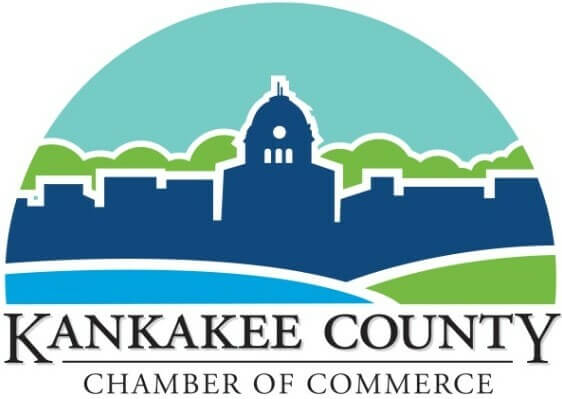Crafting a Personalization Strategy That Speaks to Your Customers
If you’ve ever walked into a shop and the owner remembered your name, your last purchase, and what you’re looking for today — that’s personalization. Now imagine doing that at scale, across digital channels, with the same warmth and precision. That’s what content personalization aims to achieve. And for small businesses, it’s no longer optional. Whether you’re trying to increase engagement, drive loyalty, or simply be remembered, personalization is your edge. Here’s how to do it right.
Know Who You're Talking To
The first step isn’t fancy tools — it’s clarity. Who are you serving, what do they need, and how are they showing up across your platforms? Start with unifying customer profiles across platforms so your emails, site content, and ads aren’t working at cross purposes. When your systems speak to each other, your content can speak to the person, not the persona. This foundational alignment doesn’t just improve the customer experience — it prevents you from repeating yourself or sending mixed messages. It also creates a framework for the kinds of experiences that feel coherent and intentional.
Segment By Behavior, Not Just Demographics
Demographics are blunt instruments. Behavior — what someone clicked, watched, read, or skipped — tells you what they actually care about. That’s why smart businesses are using behavioral cues to guide segmentation. It lets you group people not by age or zip code, but by what they’re trying to do. A shopper who abandoned their cart needs a nudge, not a new product. A reader who binges every article on funding? They’re primed for deeper tools. This kind of segmentation respects attention, and it earns it back.
Speak Their Language — Literally
If video is part of your content strategy — and it should be — don’t let language be a barrier. Many small businesses now engage global or multilingual audiences through video content. But translating these videos — without sacrificing tone or nuance — often feels resource-intensive or out of reach. New AI video translation tools allow teams to generate multilingual video content directly from their original footage, preserving intent while minimizing manual effort. This opens the door to reaching broader audiences without needing multiple production cycles.
Write Emails People Want to Open
Email still works — when it feels like it’s from a person, not a platform. One powerful trick? Use dynamic email content for each segment, so the same campaign shows different things to different people. It saves you from rewriting every newsletter, and it respects the recipient’s time. Someone who just signed up doesn’t need your case studies — they need the basics. Someone who clicked “pricing” twice last week? They’re ready for your best offer. Match the moment, and your emails stop feeling like noise.
Earn Trust Before You Earn Clicks
Personalization can be creepy when it’s not upfront. That’s why transparency in data collection policies isn’t just an ethical move — it’s a competitive one. Customers are increasingly aware of how their data is used. Tell them. Let them opt in, choose what they share, and understand how it helps them. Personalization only works when it feels like a service, not a surveillance tool. And in a world of tightening regulations, getting this right isn’t optional — it’s survival.
Don’t Just Personalize — Prove It’s Working
You can’t improve what you don’t measure. So instead of vague metrics like “engagement,” track performance indicators tied to audience behavior. Did more people read to the end? Did they click the thing you personalized? Did your new segment open more emails than the last one? These aren’t just numbers — they’re feedback loops. The better you listen to them, the better your next move gets.
Build Systems That Learn With You
Great personalization isn’t a one-time build — it’s a living system. And like any system, it needs tuning, feedback, and regular care. That’s why you need tools that evolve with user input, not just static setups. What worked in Q1 might feel stale by Q3. User preferences shift, channels change, and your business evolves too. Your personalization strategy should grow alongside it, staying fresh and responsive instead of stuck in last year’s logic.
If this all feels like a lot — good. It means you’re treating your audience like people, not profiles. Personalization isn’t about gimmicks. It’s about listening better, showing up smarter, and offering the right thing at the right time. You don’t need a massive tech stack to start. You just need curiosity, empathy, and the will to build relationships at scale.
This Hot Deal is promoted by Kankakee County Chamber of Commerce.

